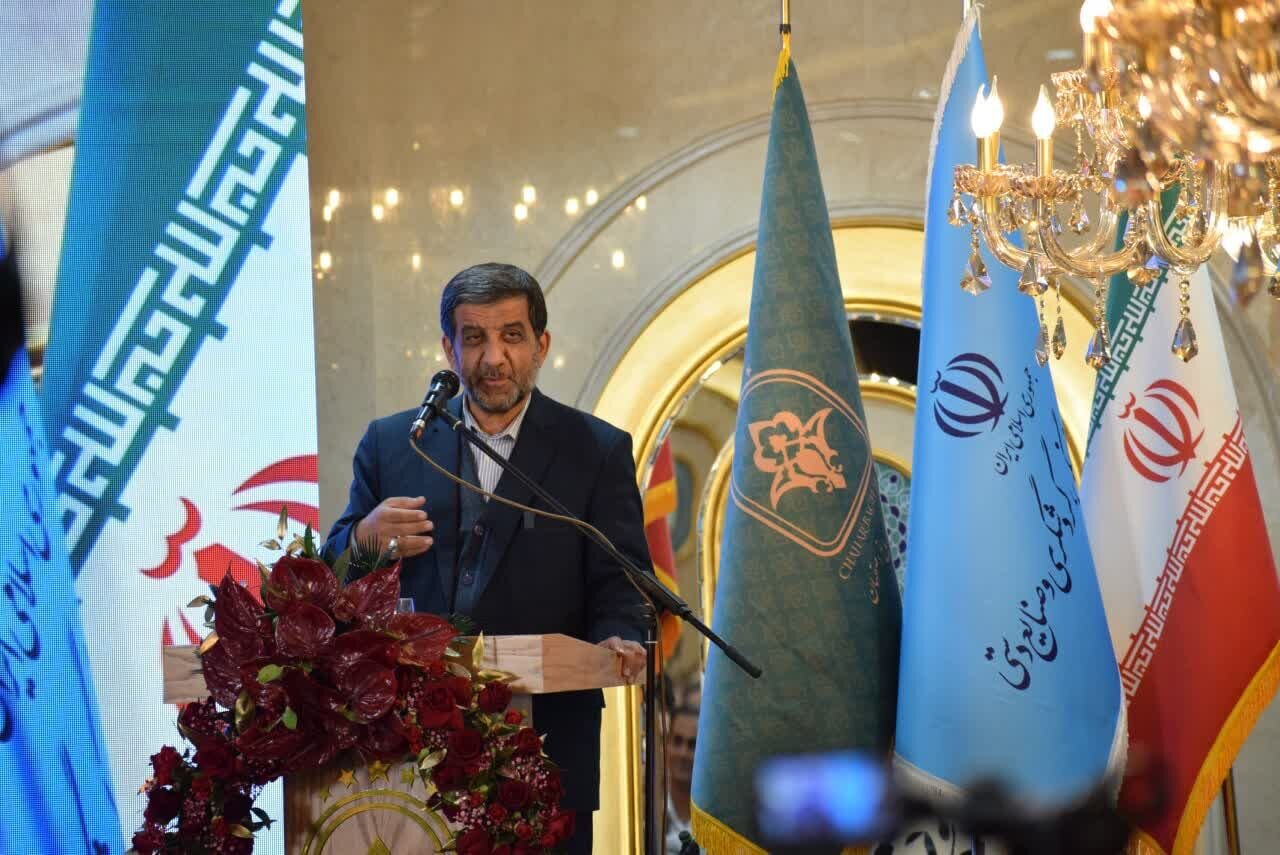Isfahan is bride of Iran's tourism but still unknown to many travelers, minister says

TEHRAN – Iran’s tourism minister has said Isfahan is the bride of the country's cultural heritage and tourism, however, it is still unknown to many foreign nationals and in particular potential travelers.
“Isfahan is undoubtedly the bride of Iran's cultural heritage and tourism, so we should introduce it to the world more effectively than before with the help of provincial officials and parliament members,” Ezzatollah Zarghami said on Wednesday.
The ancient city, which was the capital of Iran under Safavids, was once a crossroads of international trade and diplomacy and now is one of Iran’s top tourist destinations for good reasons.
The visiting minister made the remarks at the ceremony of a 5-star hotel attended by Isfahan province’s Governor-General Seyyed Reza Mortazavi and several other local officials, travel insiders, and crafters.
Isfahan province is the tourism hub of Iran and it needs more hotels to be constructed in the near future, the minister said.
One of our most important policies [ in the tourism ministry] is to support [holiday] accommodation units, especially one- and two-star hotels and guesthouses,” Zarghami said.
“However, five-star hotels are a mark of the country's honor and reputation.”
When in comes to the hospitality industry and hotel construction, Iran should keep up with [some of its] neighbours, the minister said.
“Many countries around Iran have made massive investments in the field of hotel construction and accommodation units, so we should try to make Iran move in this direction as well.”
Moreover, the minister inaugurated two other tourism projects during his visit to Isfahan.
The ancient city of Isfahan is filled with many architectural wonders, such as unmatched Islamic buildings, bazaars, museums, Persian gardens, and tree-lined boulevards. It's a city for walking, getting lost in its mazing bazaars, dozing in beautiful gardens, and meeting people. Moreover, it is renowned not only for the abundance of great historical bridges but also for its ‘life-giving river’, the Zayandeh Road, which has long bestowed the city an original beauty and fertility.
The cool blue tiles of Isfahan's Islamic buildings, and the city's majestic bridges, contrast perfectly with the encircling hot, dry Iranian countryside.
The huge Imam Square, best known as Naghsh-e Jahan Sq. (literary meaning “Image of the World”), is one of the largest in the world (500m by 160m), and a majestic example of town planning. Constructed in the early 17th century, the UNESCO-registered square is punctuated with the most interesting sights in Isfahan.
The square was at the heart of the Safavid capital’s culture, economy, religion, social power, government, and politics. It is hemmed on four sides by magnificent buildings: to the east, the Sheikh Lotfollah Mosque; to the west, the palace of Ali Qapu; to the north, the portico of Qeysarieh; and to the south, the eminent Imam Mosque.
When Shah Abbas the Great became ruler of Persia's Safavid dynasty in 1587, he chose Isfahan as his capital and undertook to make it eclipse all other cities. During his reign, he built so many palaces, mosques, gardens, and bridges that the inhabitants boasted: “Isfahan nesfe Jahan”— “Isfahan is half the world.” The subtle nickname implies that seeing Isfahan is relevant to seeing half the world.
Shah Abbas’s immediate successors continued the beautification. According to a contemporary, Isfahan, a city of 600,000, had 162 mosques, 48 colleges, 273 public baths, and no fewer than 1,802 caravanserais — open courtyards surrounded with buildings, which served as medieval tourist parks where travelers could find water for their camels and food and lodging for themselves.
AFM
Leave a Comment